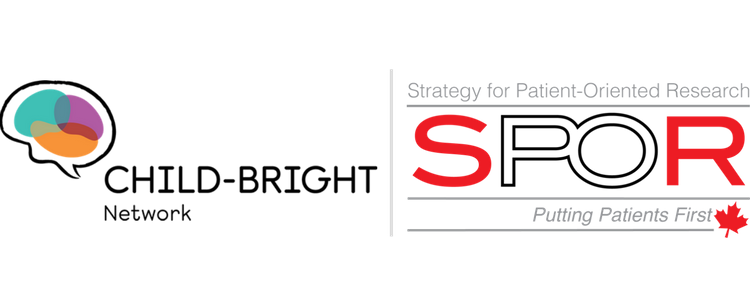Research studies. Those words alone can conjure up images of lab rats, mysterious injections, and scientists gawking at their subjects through one-way mirrors, scratching their chins or scribbling notes as they murmur, “Hmmmmm. Interesting…” So, when we tell people that our family regularly takes part in research studies, the first question — apart from “Did you get radioactive spider bites that give you superpowers?” — is usually “why?” It’s a great question. The exact answers — our “why stories” – are often as individual as the families and studies themselves. But in the big picture of ‘why’, there are three kinds of reasons that can lead us toward research projects, and they boil down to the personal, the professional, and the political.
The Personal
Most research-involved families have a “why story” about a critical moment where they knew they had to do something. The details of these stories can sometimes be tough to hear — and even tougher to tell — because many families turn to research projects when they feel like they have exhausted all other options. Research is the Hail Mary shot we’re taking in the hopes that someone, somewhere, can help. Maybe we have unanswered questions about a disease or condition, and we enrol in a study in the hopes that those questions can be answered. Maybe research is a possible pathway to a new treatment, or much needed support. Maybe we are trying to get better information about the disease or condition we’re facing, and research may offer new insights. Or maybe we come to research simply seeking a community that understands us. In short, our ‘why stories’ often begin with unmet personal or family needs, and research gives us a chance to learn, to share, and to connect. For our families, that is a chance well worth taking, even though there are no guarantees.
The Professional
Getting involved in research studies — especially those that see and treat families as true project partners — offers more than just hope for help with the personal situation that brought us there in the first place. As we make connections to a whole new group of medical, clinical, and academic professionals, it is validating to have their scientific eyes on our strengths and our struggles, offering some keen attention and expertise. It is equally validating when those professionals recognize that we have our own brand of expertise: the knowledge and wisdom that comes from lived experience. We are the ones who are up-close-and-personal with the topics they are studying. Researchers have the hypothesis and the theories. We have the real-life stories and the street cred. In order to ask the right questions and find the best answers, science needs us both, working together. Research holds plenty of opportunities for us, as project partners or participants, to learn and develop new skills, and to form relationships with professionals who care about some of the same things we do. There are even opportunities for us to bring our own professional skills or networks to the table. Interested in helping to shape the way research is communicated to the public, or getting a publication credit in an academic journal, or bringing your advocacy work into a new field? Research participation can help you build relationships, hone or use your skills, and open new doors in the professional world.
The Political
Having political reasons for research involvement isn’t about party politics or yelling at governments. It is about seeing — and seizing — an opportunity to work toward meaningful, lasting changes in the services and systems that have a big impact on our lives. Policy makers often look to research to help create and deliver the supports, services, and programs our families need. By getting involved in research, we are also getting in on the ground floor of what might one day be used to develop policy. Women and girls, people of colour, people with disabilities, LGBTQ people, and people with low income are often poorly represented or totally left out of the kinds of research that inform policy makers in their decisions. But everyone deserves a safe, respectful place in those conversations, and research is a way to create those seats at various tables. Through research involvement, we can help influence the policies, programs, supports, or services that may come about as a result, and we can help ensure that research truly reflects who we are as people, and what we need as a society. This political “big-picture”, and the potential to influence it can be a great reason to get — and stay — involved with research.
So, what’s the bottom line on our ‘whys’? Because we hope to somehow make things better somehow for ourselves, and for other people. And with more and more researchers realizing how valuable it is to have us as partners rather than research subjects, there are more and better opportunities to make a real difference. No lab rats, mysterious injections, murmuring scientists or radioactive spider bites required.






